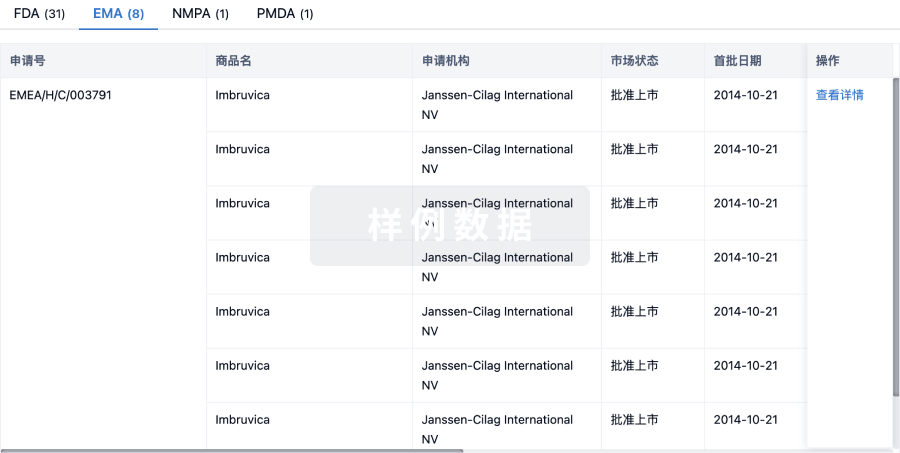Herein, nanocrystalline MoB2 powder synthesized via a single-step molten salt reaction of precursor materials MoCl5 and amorphous boron powder in the presence of KCl and NaCl by varying the boron amount was applied for the first time in vitro cytotoxicity and antibacterial studies. The crystalline structure, morphology, and surface characteristics were investigated in detail by powder X-ray diffraction (XRD), X-ray photoelectron spectroscopy (XPS), scanning electron microscopy (SEM), high-resolution transmission electron microscopy (HRTEM), and Brunauer-Emmett-Teller (BET) analysis. The results indicated that the amount of boron played a crucial role in the nanostructure of MoB2. XRD results showed an enhancement in crystallinity, and HRTEM examinations revealed a rise in reflections (100) and growth in grains with the rise in boron amount during the synthesis of MoB2. The particle size was found to be in the range of 50-100 nm, and the surface areas of MoB2 nanoparticles were measured between 7.74 and 16.11 m2/g. In vitro findings showed that MoB2-16 did not have a significant cytotoxic effect on healthy cells (HaCaT and MCF10A), but it exhibited a notable cytotoxic effect on breast cancer cell lines (MDA-MB-231 and MCF7 cells), whereas no cytotoxic effect occurred on the liver cancer line Hep3B cells. Antibacterial studies revealed that MoB2-4 exhibited promising antibacterial activity against both S. aureus and E. coli, where MICs were in the range of 60 to 70 μg/mL. Overall, our research reported the successful synthesis and characterization of MoB2 nanoparticles, which can be efficient anticancer and antibacterial agents.






